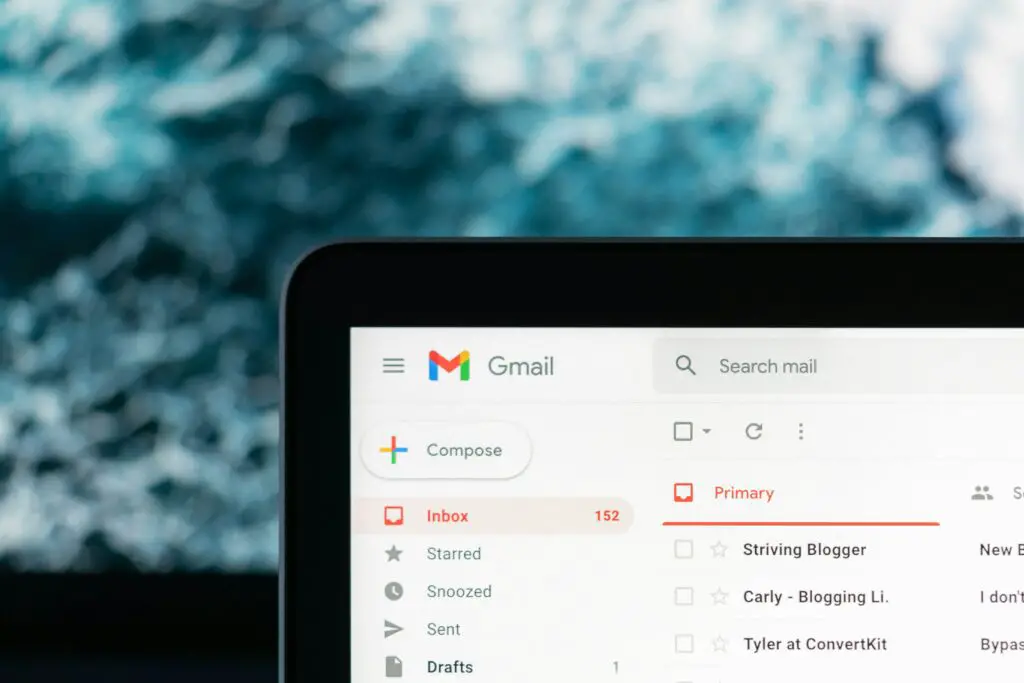Polite Ways to Ask Someone to Reply to Your Email
In the vast expanse of digital communication, the email remains a stalwart method of correspondence, bridging distances and connecting individuals with a virtual thread. Yet, in the whirlwind of modern life, it’s not uncommon for emails to get lost in the shuffle, buried beneath an avalanche of other messages or simply overlooked amidst the chaos of the day. So, what does one do when awaiting a response that seems to linger in the ether? How can you politely nudge someone to acknowledge your email without resorting to impatience or frustration? In this discourse, we shall explore the art of gentle reminders, subtle prompts, and courteous inquiries – the polite ways to ask someone to reply to your email.

Polite Ways to Ask Someone to Reply to Your Email
In the realm of electronic communication, where the click of a button sends messages hurtling across cyberspace, the etiquette of awaiting a reply can be a delicate dance. Here are some graceful ways to gently prod the recipient into action:
1. Express Appreciation and Understanding
Begin your follow-up email by expressing gratitude for the recipient’s time and attention, acknowledging the demands on their schedule. A touch of empathy can go a long way in fostering goodwill and understanding. For instance:
“Dear [Recipient’s Name],
I hope this email finds you well. I wanted to extend my sincere appreciation for taking the time to read my previous message amidst your busy schedule. I understand that your time is valuable, and I genuinely appreciate any insights or feedback you may have when you’re able to respond.”
2. Provide Context and Recap
Sometimes, a gentle reminder of the contents of your initial email can be helpful, especially if it’s been some time since the correspondence took place. Briefly recap the key points or requests to jog the recipient’s memory:
“Dear [Recipient’s Name],
I hope this message finds you in good spirits. I’m writing to follow up on the email I sent last week regarding [briefly summarize the main topic or request]. I understand that you may have numerous commitments vying for your attention, and I wanted to reiterate the importance of [restate the purpose or urgency of your initial message].”
3. Offer Assistance or Clarification
In some cases, the delay in response could stem from confusion or the need for additional information. Extend a helping hand by offering to clarify any points or provide further assistance:
“Dear [Recipient’s Name],
I trust this email finds you well. I wanted to touch base regarding the message I sent recently about [briefly describe the subject]. If you require any further details or clarification to facilitate your response, please don’t hesitate to reach out. I’m more than happy to provide any additional information you may need.”
4. Suggest a Deadline or Next Steps
If your email pertains to a time-sensitive matter or requires specific actions on the recipient’s part, it’s perfectly acceptable to gently remind them of the urgency or outline the next steps:
“Dear [Recipient’s Name],
I hope you’re having a productive day. I’m circling back on the email I sent last [mention the date] regarding [briefly outline the subject or request]. As this matter is time-sensitive, I wanted to kindly request your input by [suggest a reasonable deadline]. Your insights are invaluable in moving forward with [describe the next steps or actions].”
5. Maintain Politeness and Professionalism
Throughout your follow-up correspondence, it’s essential to maintain a tone of politeness and professionalism, regardless of any frustration or impatience you may be feeling. Remember, courtesy begets courtesy, and a respectful demeanor is more likely to elicit a favorable response:
“Dear [Recipient’s Name],
I trust this email finds you well. I’m writing to check in on the message I sent last week regarding [briefly summarize the subject]. I understand that you may have competing priorities, but I wanted to kindly remind you of the importance of [reiterate the purpose or urgency of your initial message]. Your input would be greatly appreciated whenever you have a moment to spare.”
In conclusion, the art of nudging someone to reply to your email lies in striking a delicate balance between assertiveness and courtesy. By expressing appreciation, providing context, offering assistance, suggesting deadlines, and maintaining professionalism, you can gently encourage the recipient to acknowledge your message without causing offense or irritation. Remember, a gentle nudge is often all it takes to reignite the spark of communication in the digital realm.
Happy emailing!
[Your Name]
